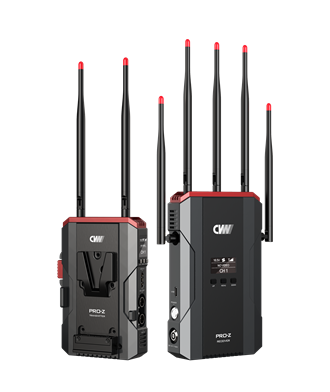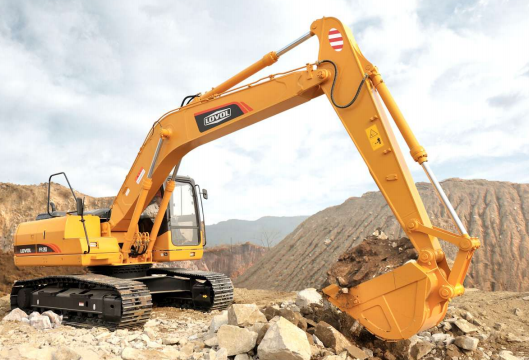Introduction:
The construction machinery industry plays a vital role in the development and growth of infrastructure projects worldwide. From excavators and bulldozers to cranes and loaders, these machines are essential for efficient and timely completion of construction projects. However, like many other industries, the construction machinery sector has faced its fair share of challenges in recent years. This article aims to provide an in-depth analysis of the current status of the construction machinery industry, highlighting its growth prospects, emerging trends, and the impact of global challenges.
1. Overview of the Construction Machinery Industry:
The construction machinery industry encompasses a wide range of equipment used in various construction activities, including residential, commercial, and infrastructure projects. This industry is highly competitive, with major players constantly innovating to meet the evolving demands of the market. The global construction machinery market was valued at USD 161 billion in 2020 and is projected to reach USD 228 billion by 2026, growing at a CAGR of 6.8% during the forecast period.
2. Growth Drivers:
a) Urbanization and Infrastructure Development: Rapid urbanization and the need for modern infrastructure are key drivers of the construction machinery industry. Developing countries, particularly in Asia and Africa, are witnessing significant urbanization, leading to increased demand for construction machinery to support the construction of roads, bridges, airports, and other infrastructure projects.
b) Technological Advancements: The construction machinery industry has embraced technological advancements, leading to the development of more efficient and sustainable machines. Innovations such as telematics, GPS tracking, and autonomous machinery have improved productivity, safety, and fuel efficiency, attracting more customers and driving industry growth.
c) Government Initiatives: Governments worldwide are investing heavily in infrastructure development to stimulate economic growth. Initiatives like China's Belt and Road Initiative, India's Smart Cities Mission, and the United States' proposed infrastructure plan are expected to boost the demand for construction machinery, creating new opportunities for industry players.
3. Emerging Trends:
a) Electric and Hybrid Machinery: The industry is witnessing a shift towards electric and hybrid machinery due to increasing environmental concerns and stricter emission regulations. Electric excavators, loaders, and cranes are gaining popularity, offering reduced noise levels, lower operating costs, and zero emissions. This trend is expected to accelerate in the coming years as technology improves and battery costs decrease.
b) Rental and Leasing Services: The construction machinery rental and leasing market is experiencing significant growth. Many construction companies prefer renting equipment rather than purchasing, as it allows them to access the latest machinery without the burden of ownership costs. Rental and leasing services also provide flexibility, especially for short-term projects, contributing to the overall growth of the industry.
c) Data Analytics and Predictive Maintenance: The integration of data analytics and predictive maintenance in construction machinery is revolutionizing the industry. Real-time monitoring of equipment performance, fuel consumption, and maintenance needs enables proactive maintenance, reducing downtime and improving overall efficiency. This trend is expected to gain further traction as companies recognize the value of data-driven decision-making.
4. Global Challenges:
a) COVID-19 Pandemic: The COVID-19 pandemic had a significant impact on the construction machinery industry, causing disruptions in supply chains, project delays, and reduced investments. However, the industry has shown resilience, with governments implementing stimulus packages and infrastructure projects to revive economic growth. As the world recovers from the pandemic, the construction machinery industry is expected to rebound, driven by increased construction activities.
b) Trade Wars and Tariffs: Trade wars and tariffs between major economies have created uncertainties in the construction machinery industry. The imposition of tariffs on imported machinery and components can increase costs for manufacturers and limit market access. However, governments and industry associations are working towards resolving trade disputes and promoting fair trade practices to mitigate these challenges.
c) Environmental Regulations: Stringent environmental regulations aimed at reducing carbon emissions and promoting sustainability pose challenges for the construction machinery industry. Manufacturers need to invest in research and development to develop eco-friendly machinery that complies with these regulations. However, these challenges also present opportunities for innovation and market differentiation.
Conclusion:
Despite the challenges faced by the construction machinery industry, it continues to exhibit promising growth prospects. Urbanization, infrastructure development, technological advancements, and government initiatives are driving the demand for construction machinery globally. Emerging trends such as electric and hybrid machinery, rental and leasing services, and data analytics are reshaping the industry. While global challenges like the COVID-19 pandemic, trade wars, and environmental regulations pose hurdles, the industry's resilience and adaptability ensure a bright future. As the world recovers and invests in infrastructure, the construction machinery industry is poised to play a crucial role in shaping the future of construction.

 Multi-camera wireless video transmission
Multi-camera wireless video transmission Zero Latency Wireless Video Transmission
Zero Latency Wireless Video Transmission
 Designed for teleoperating the heavy equipment
Designed for teleoperating the heavy equipment Wireless high-speed data transmission
Wireless high-speed data transmission

